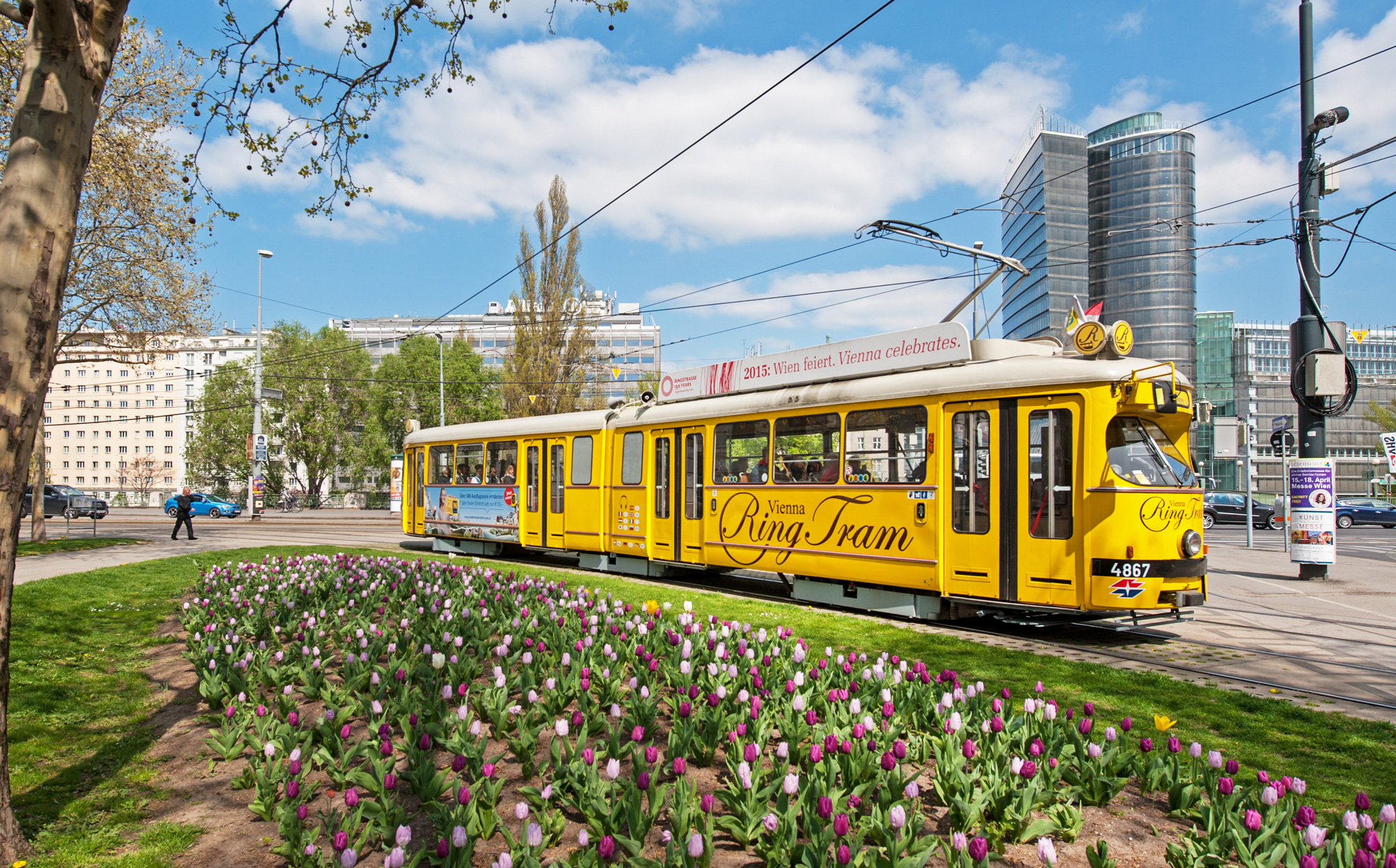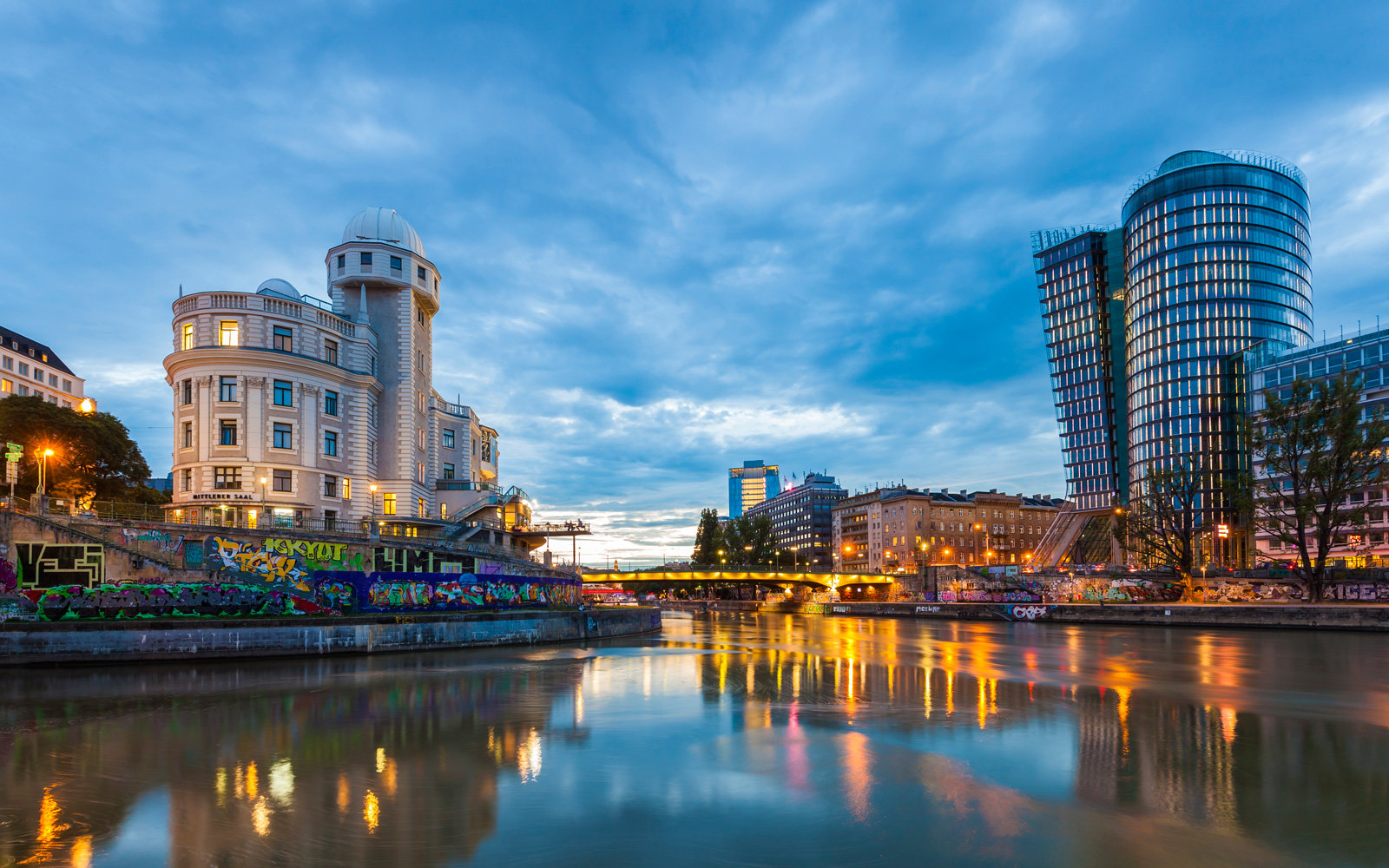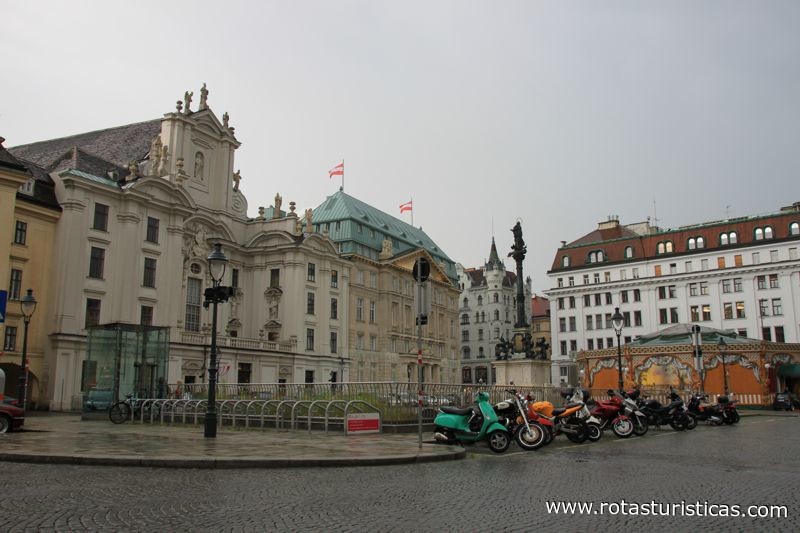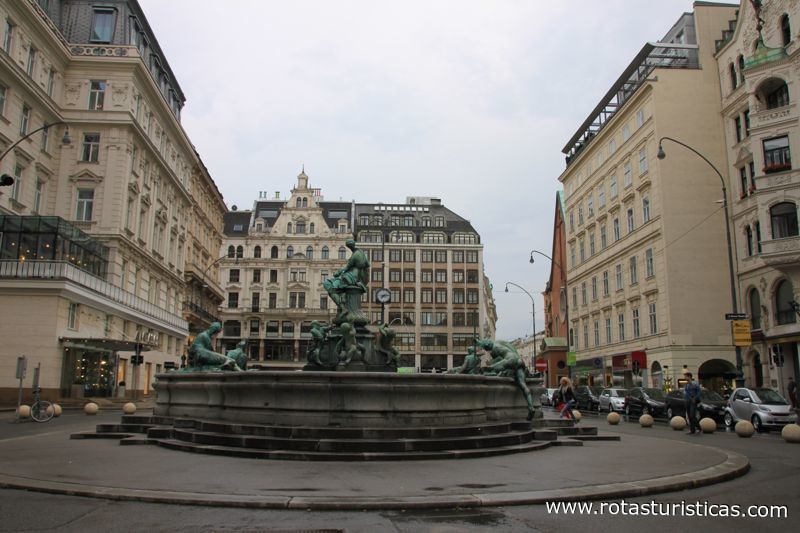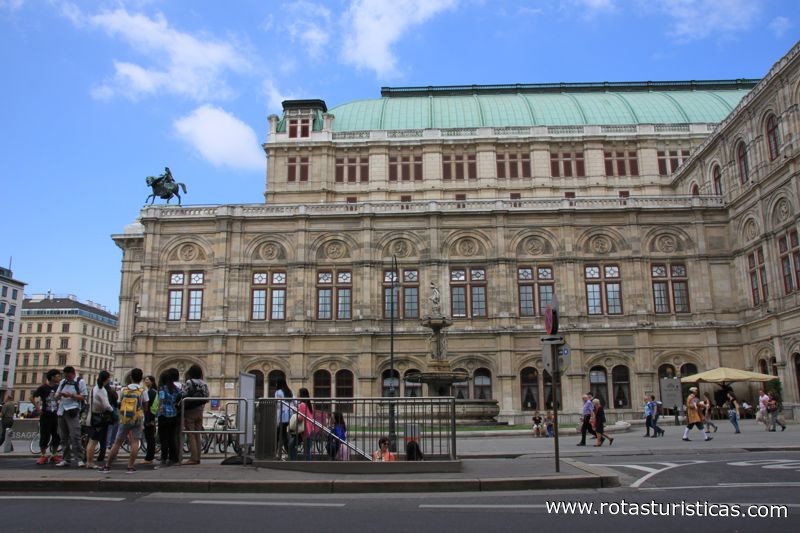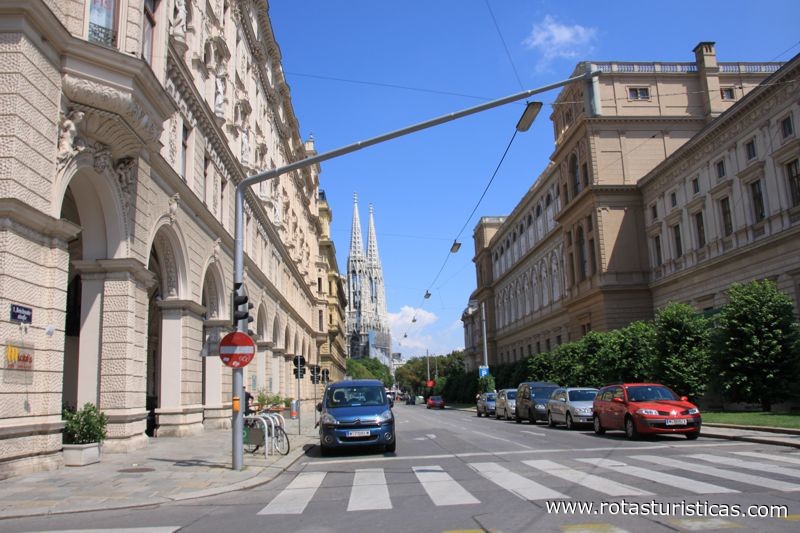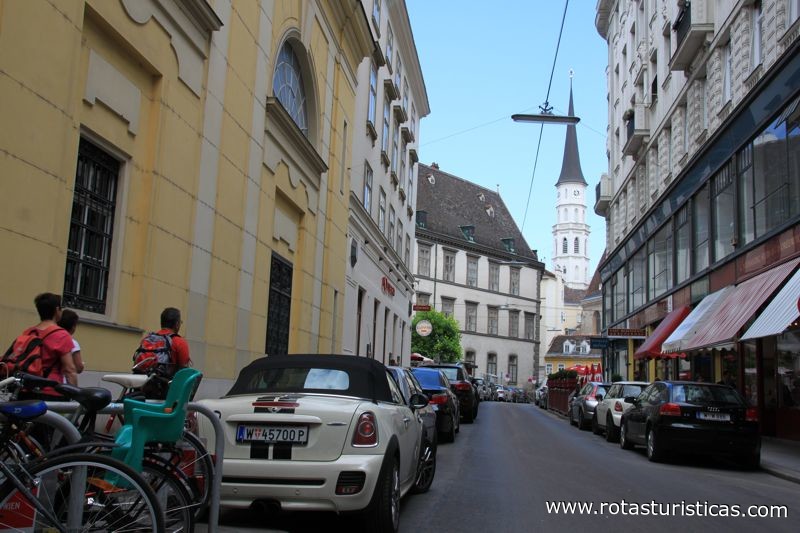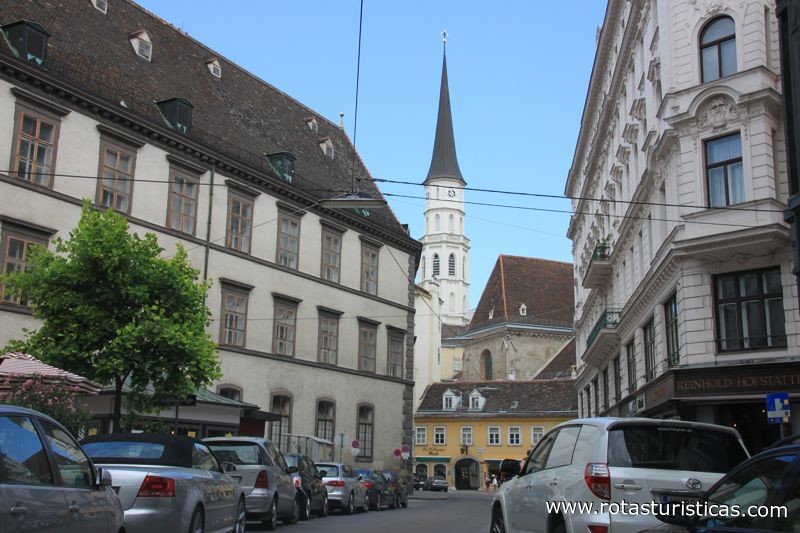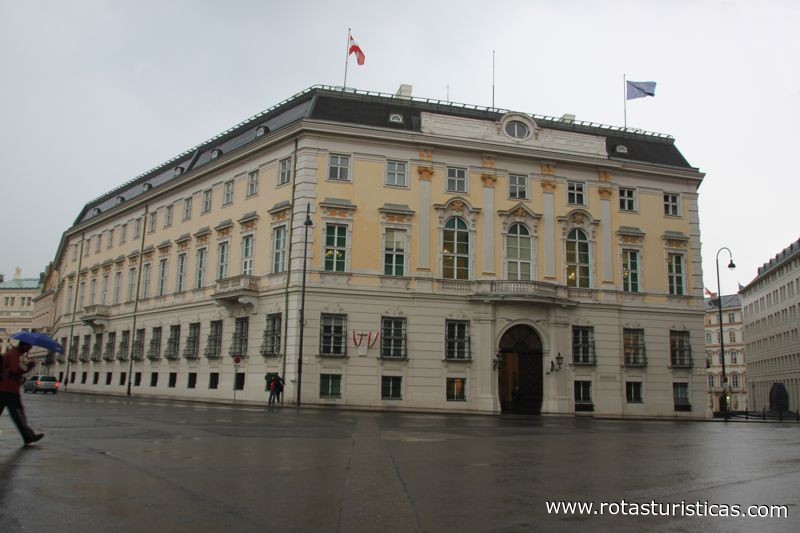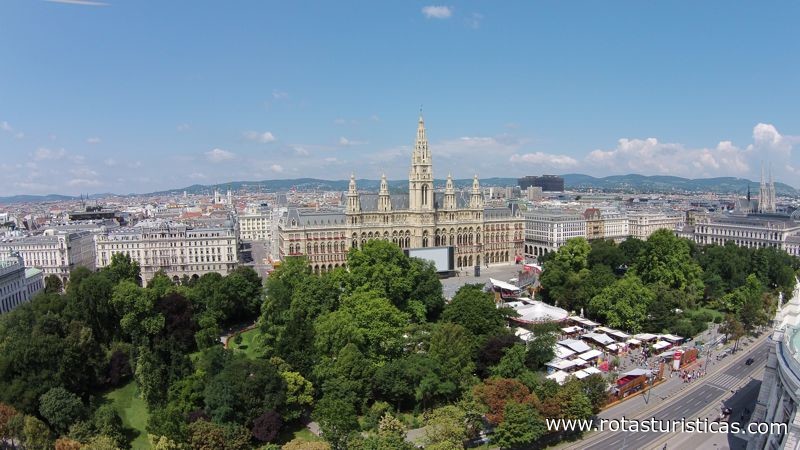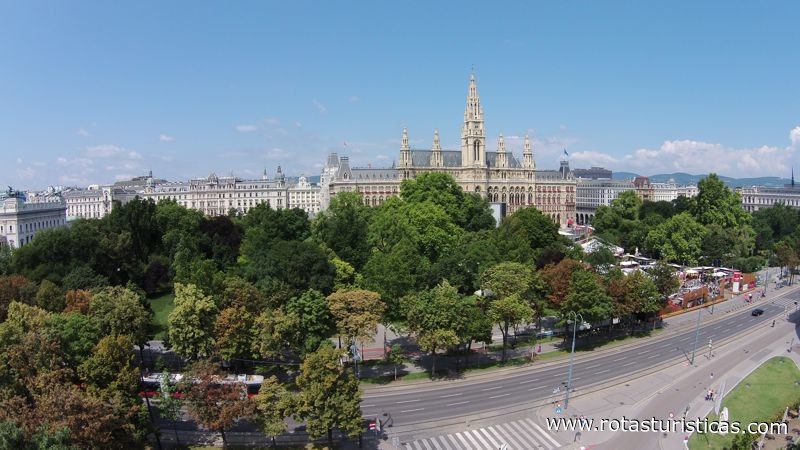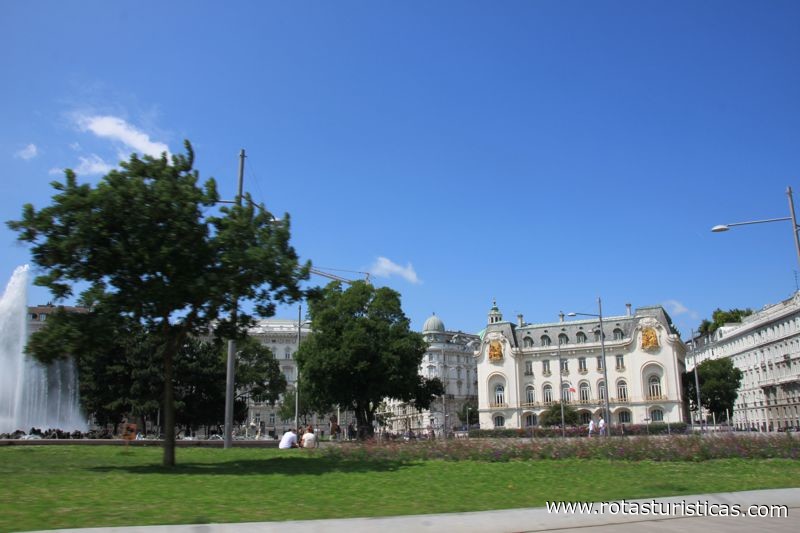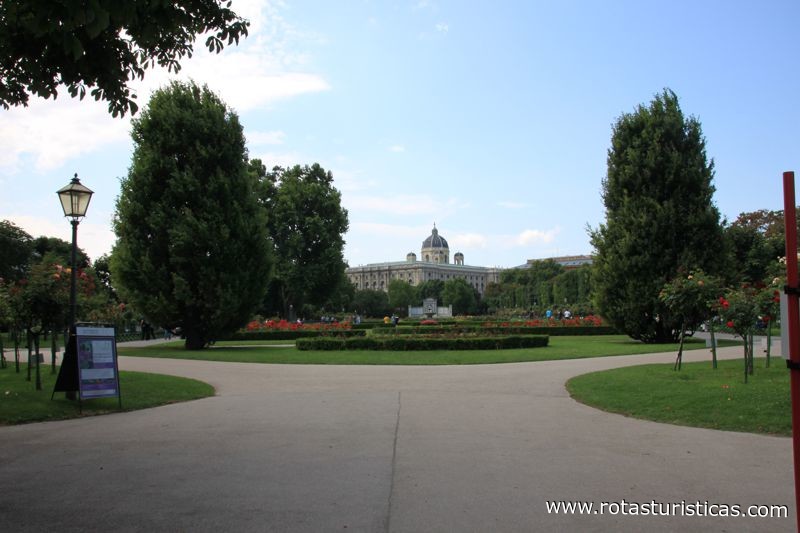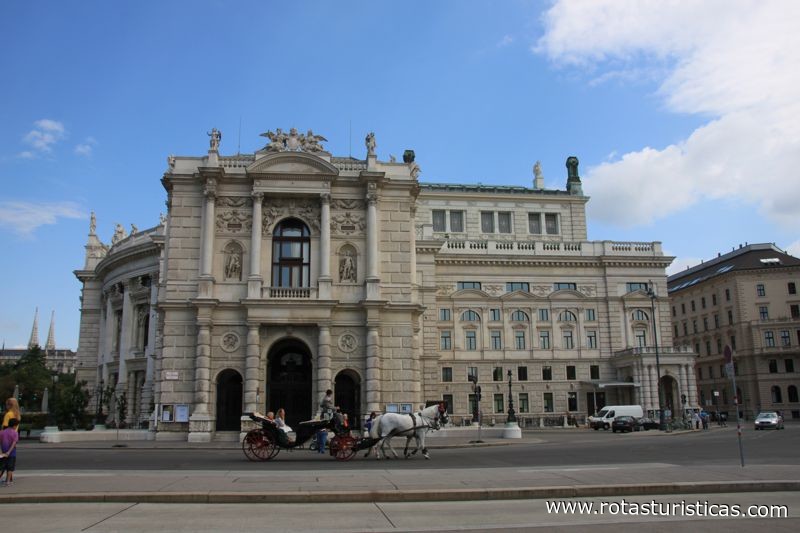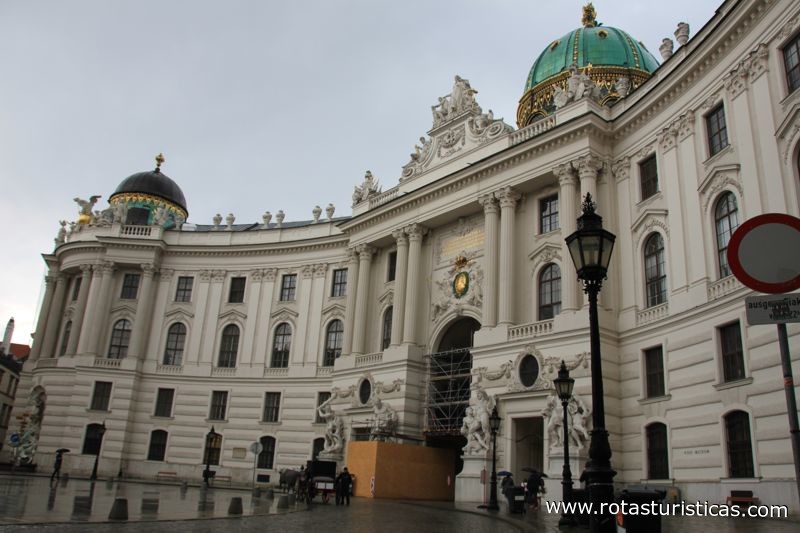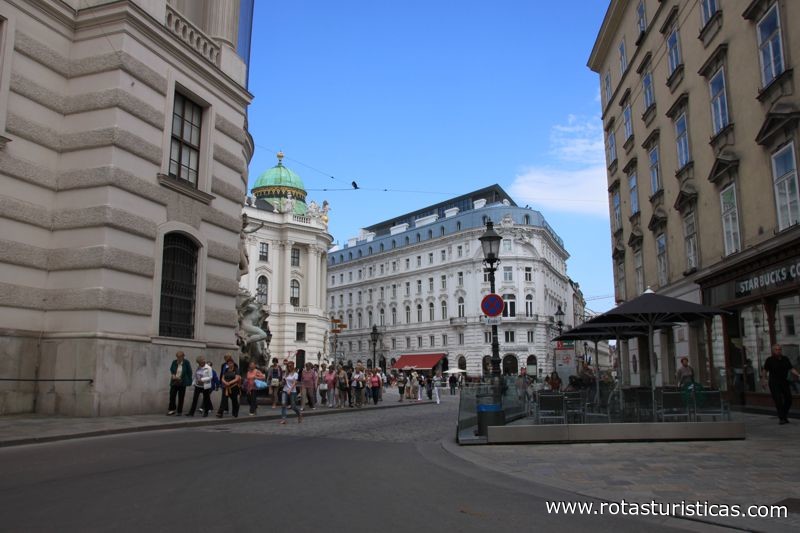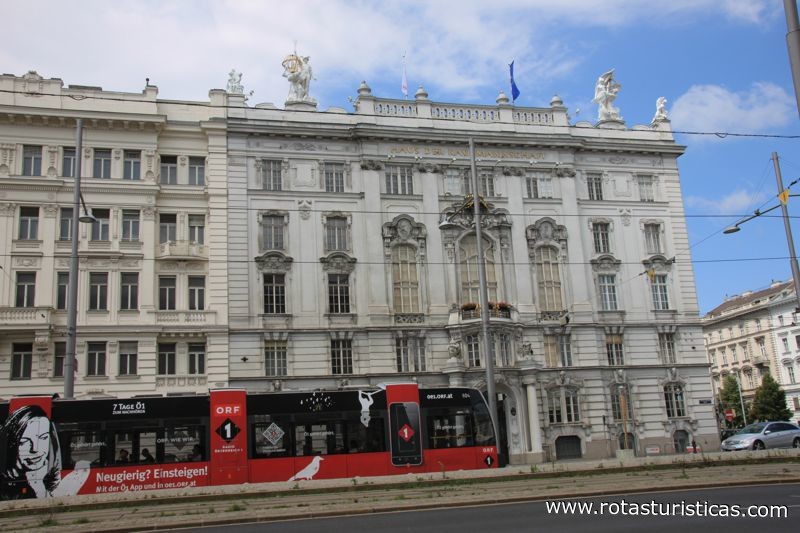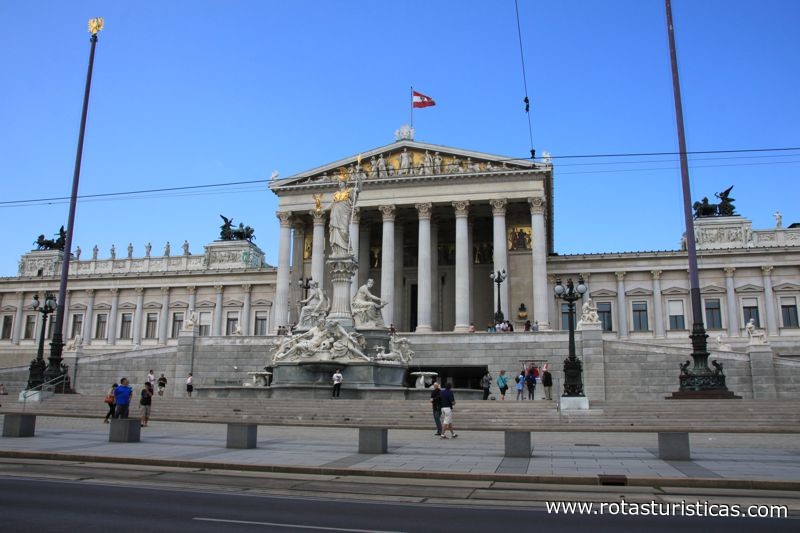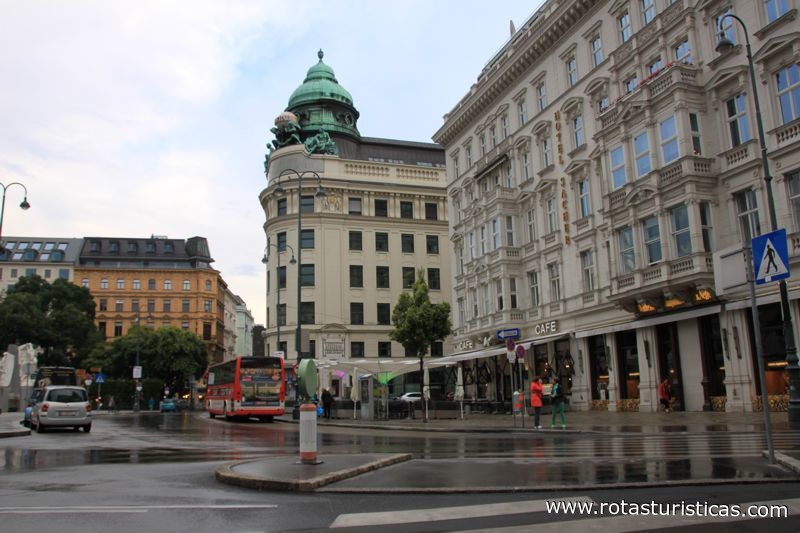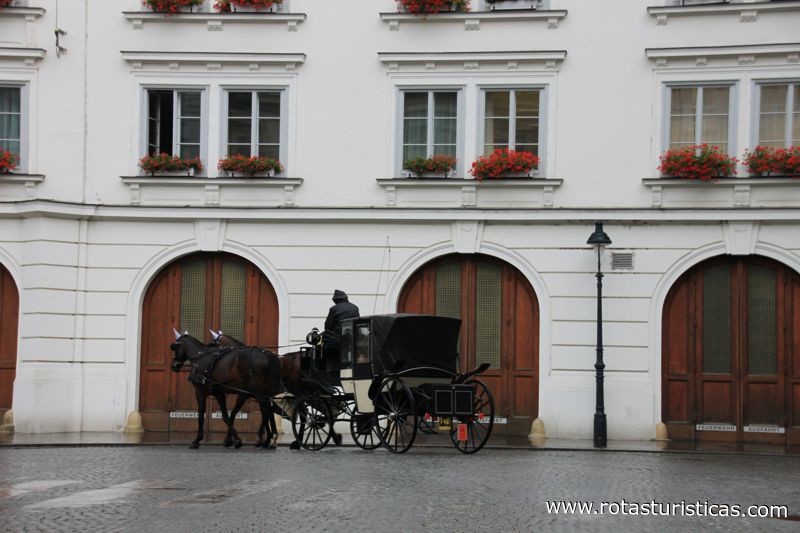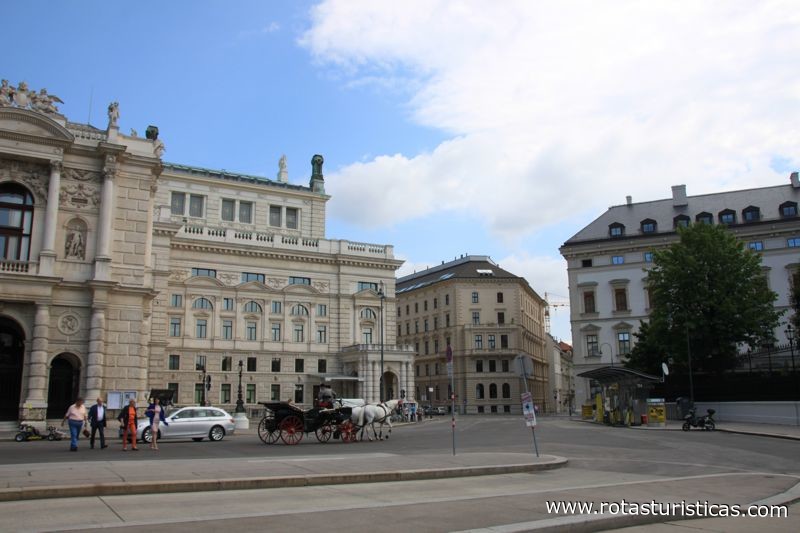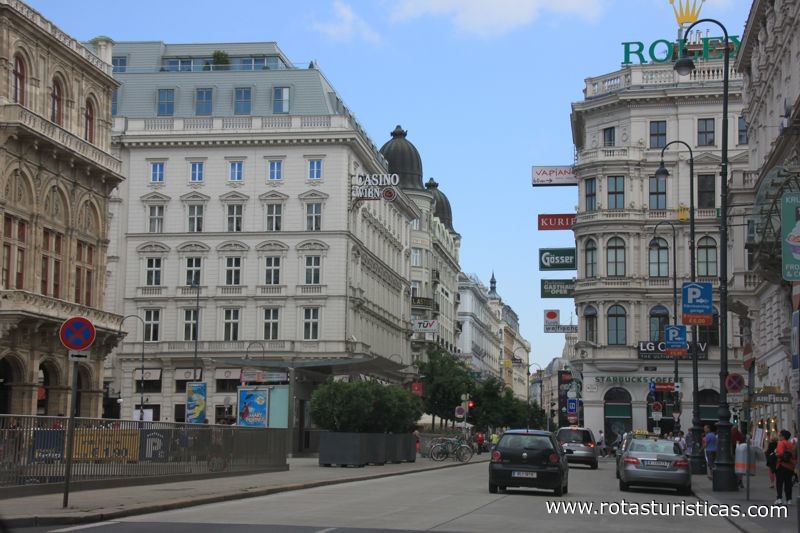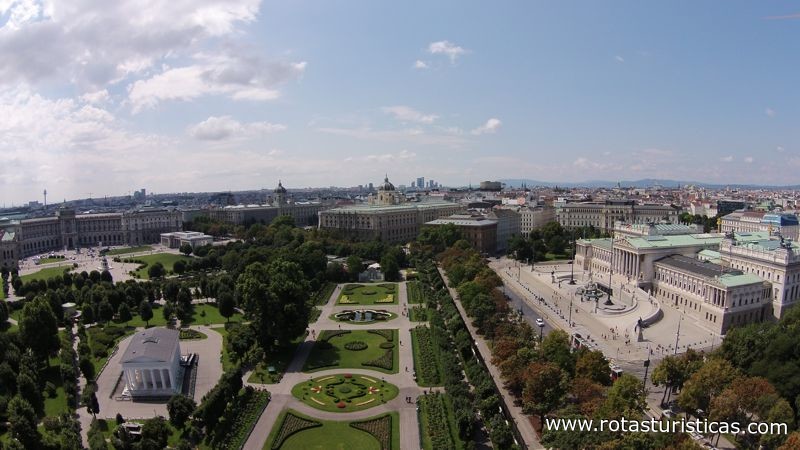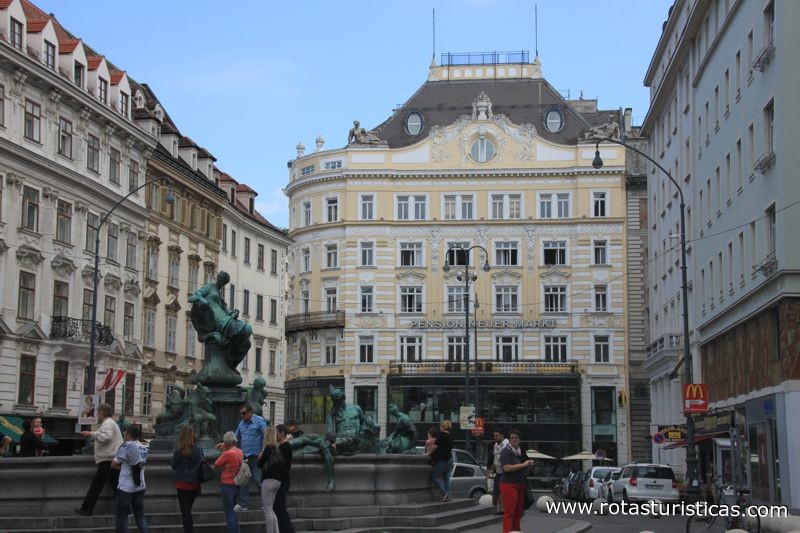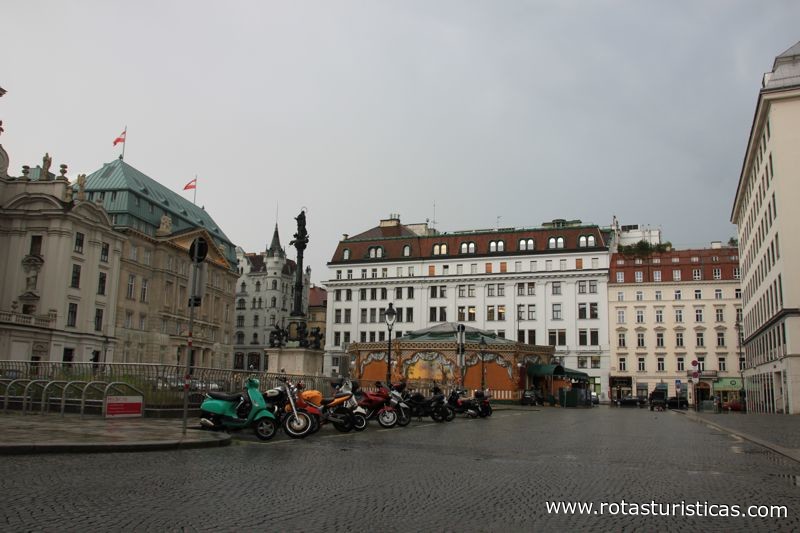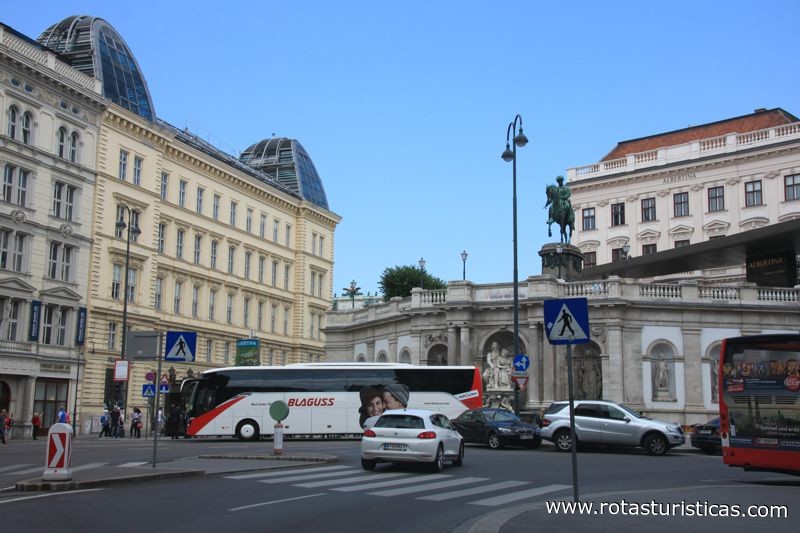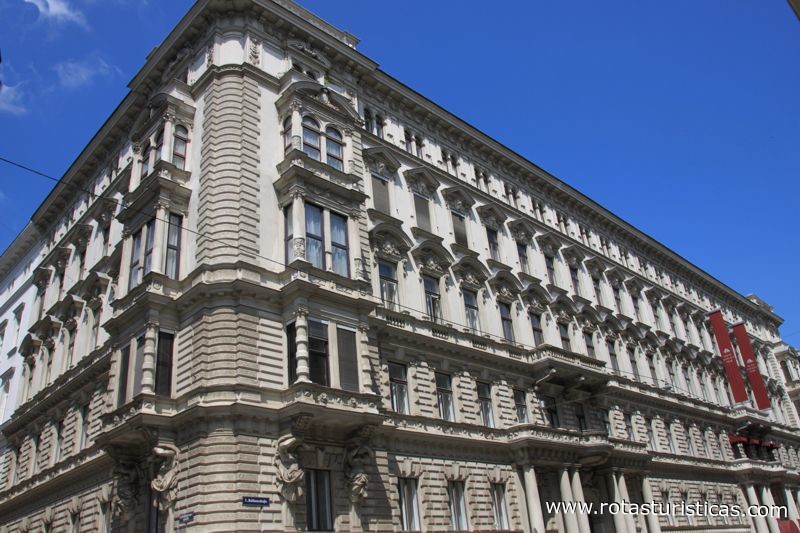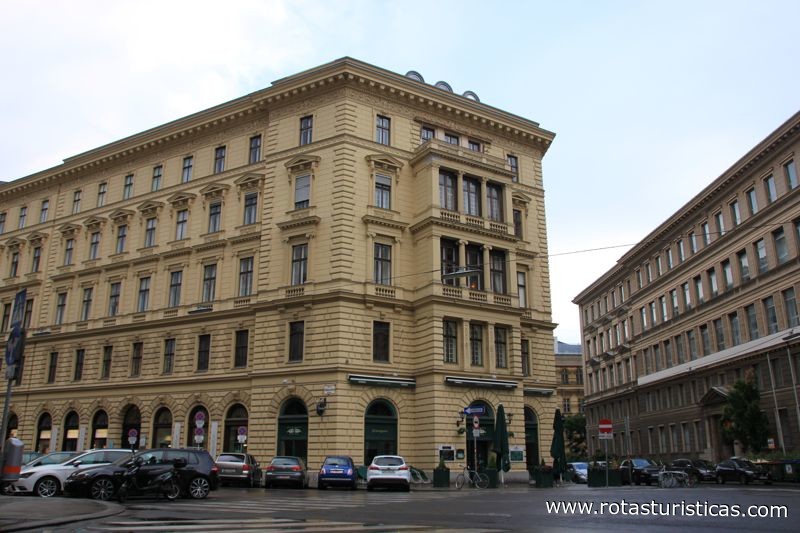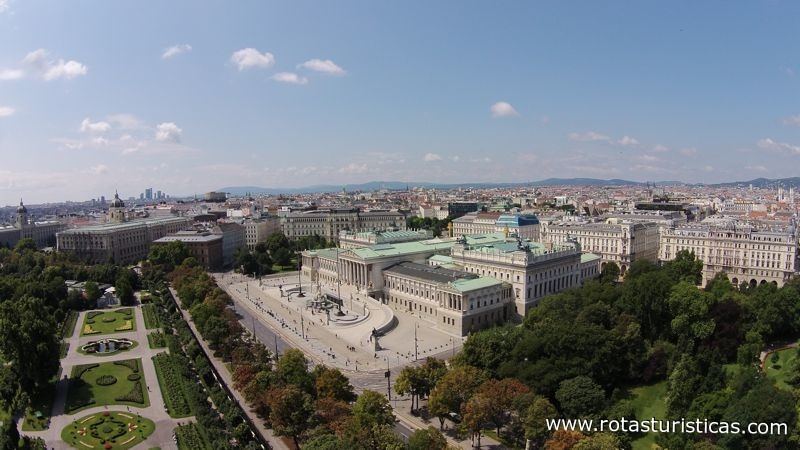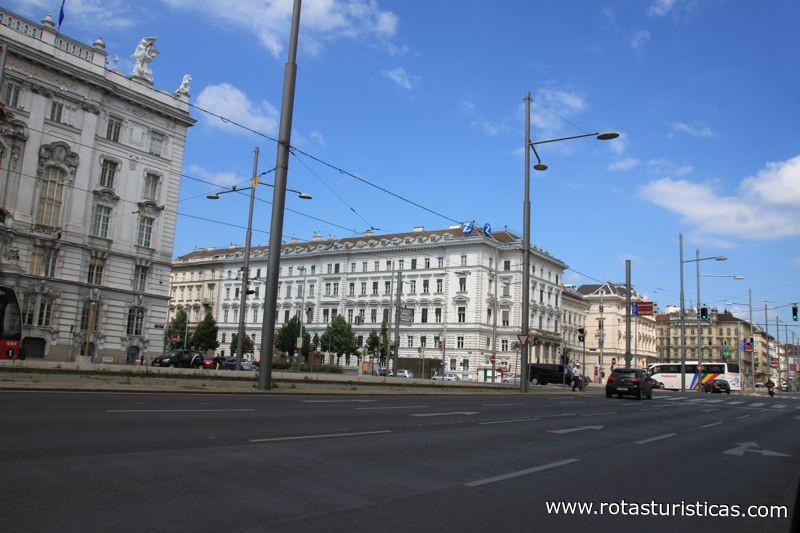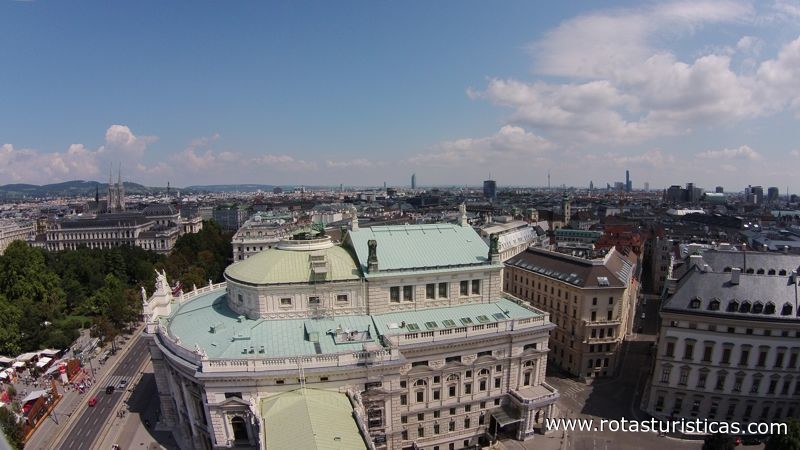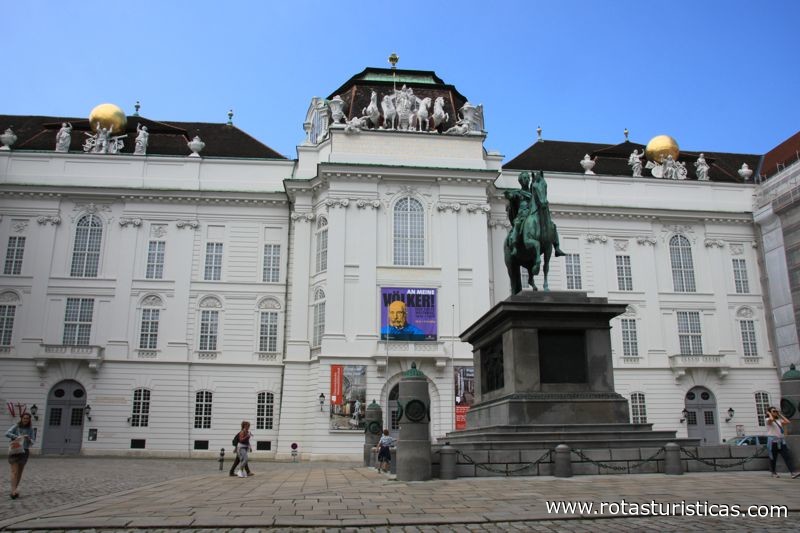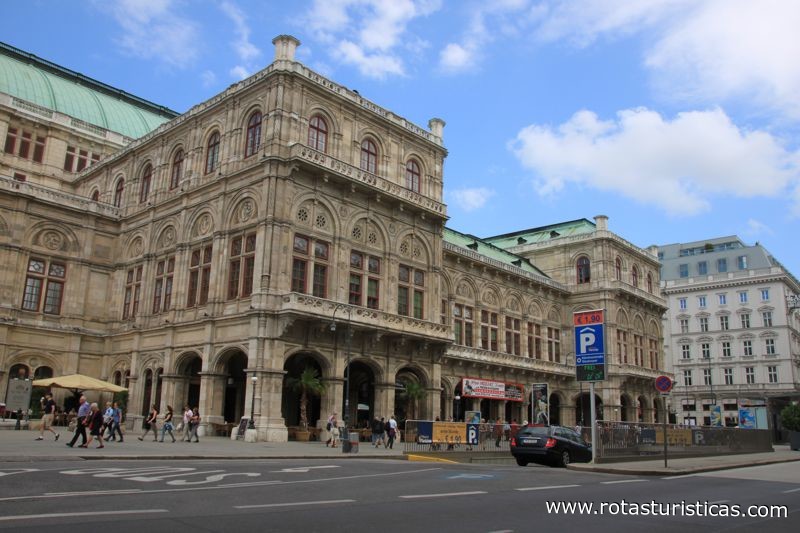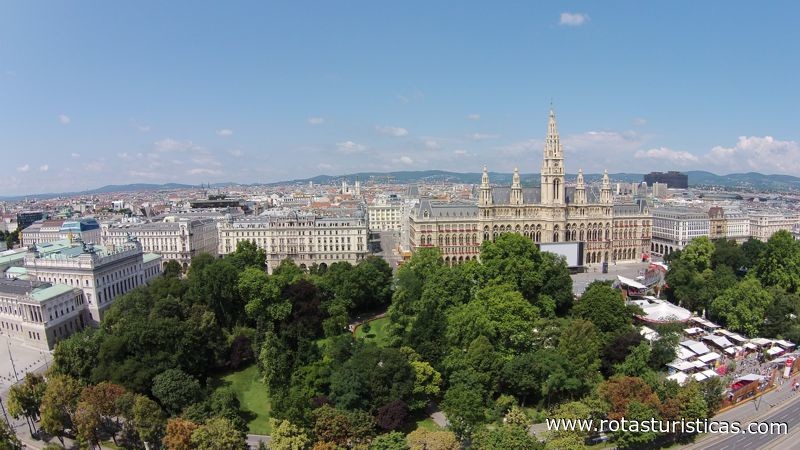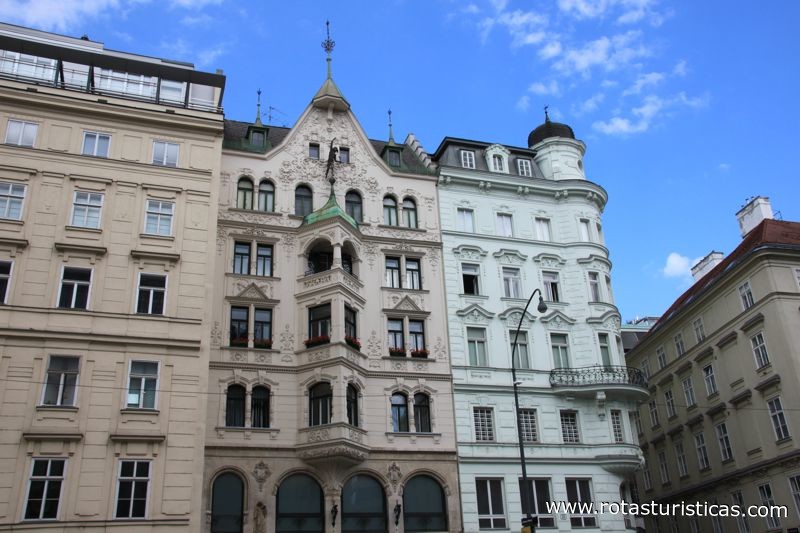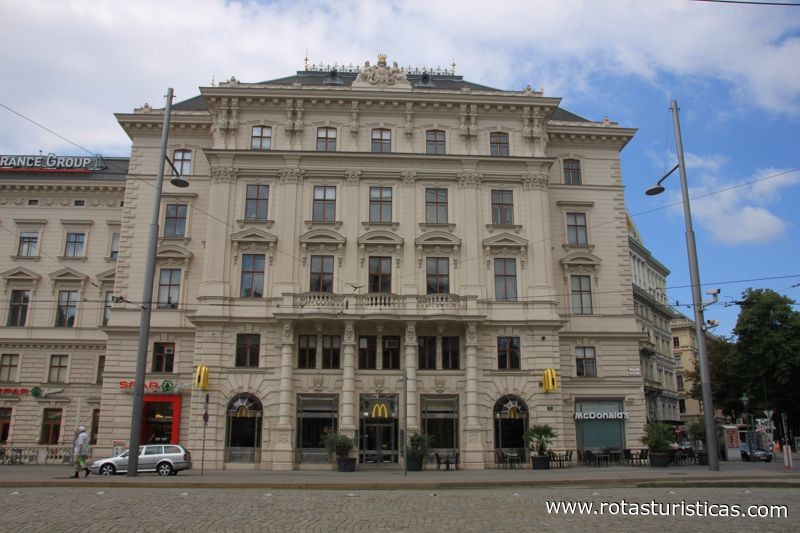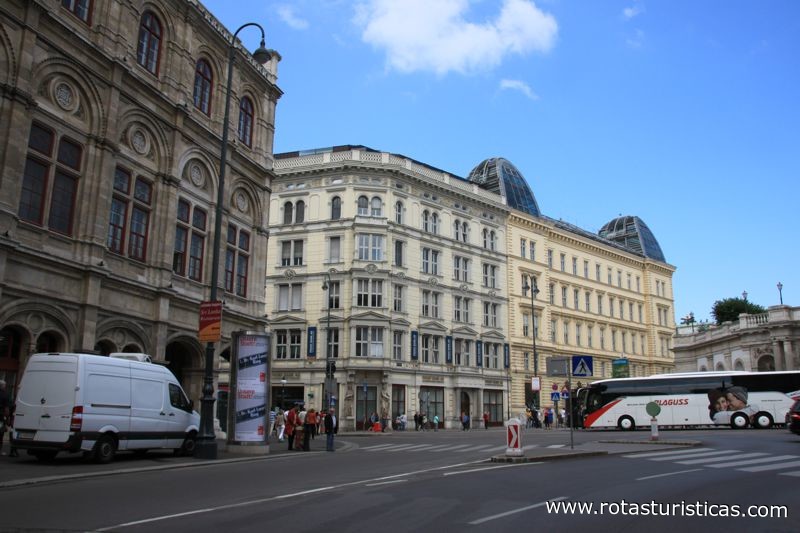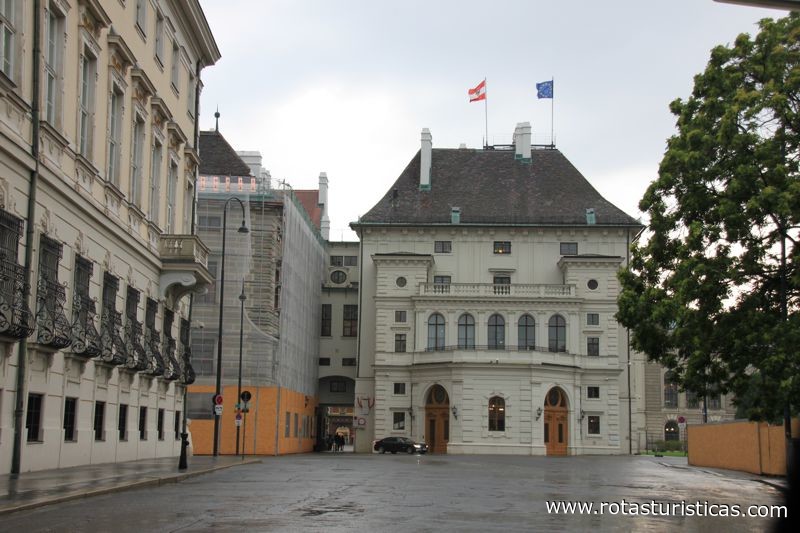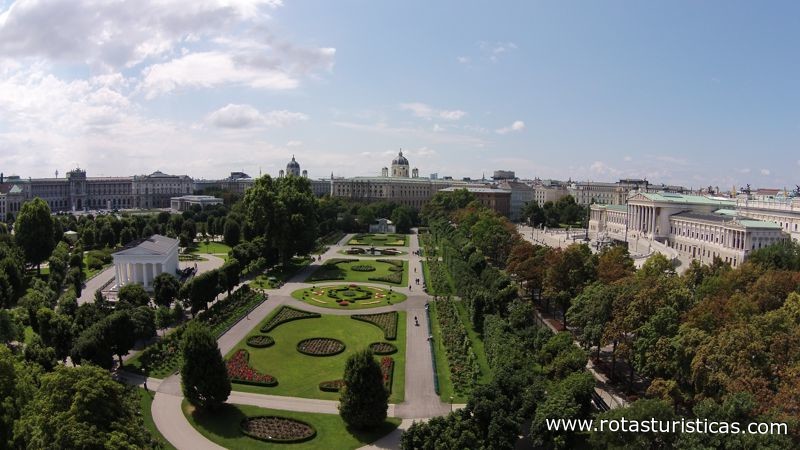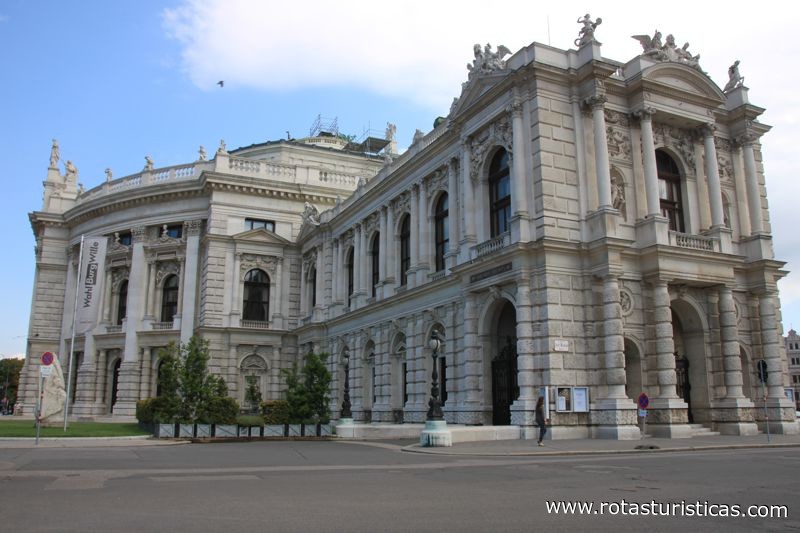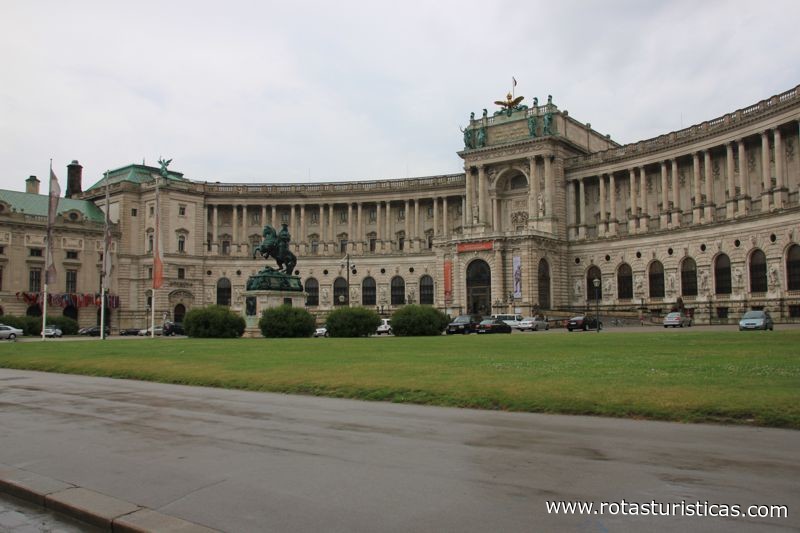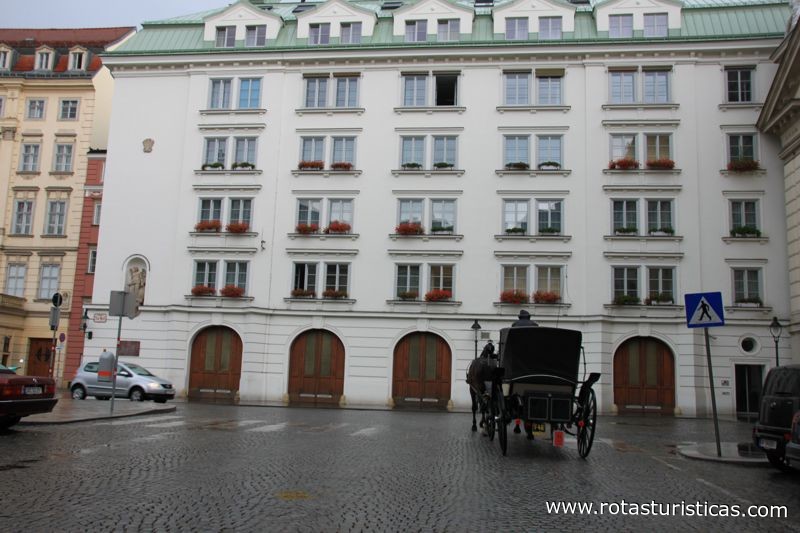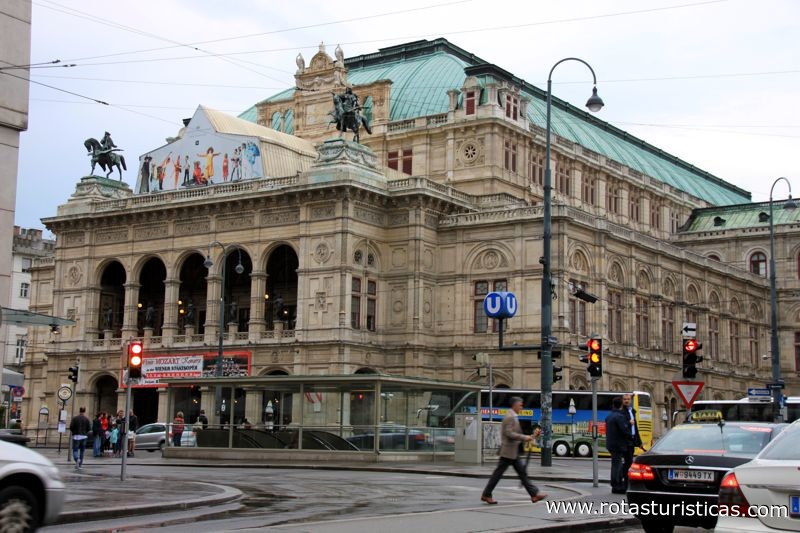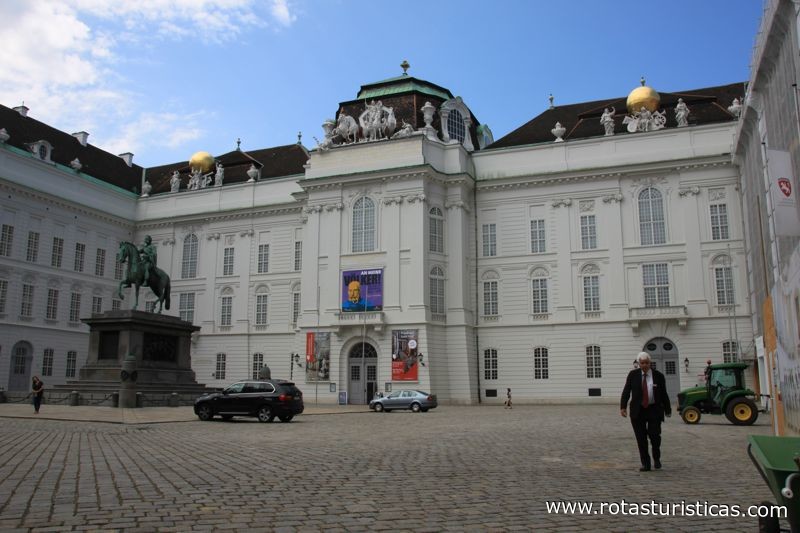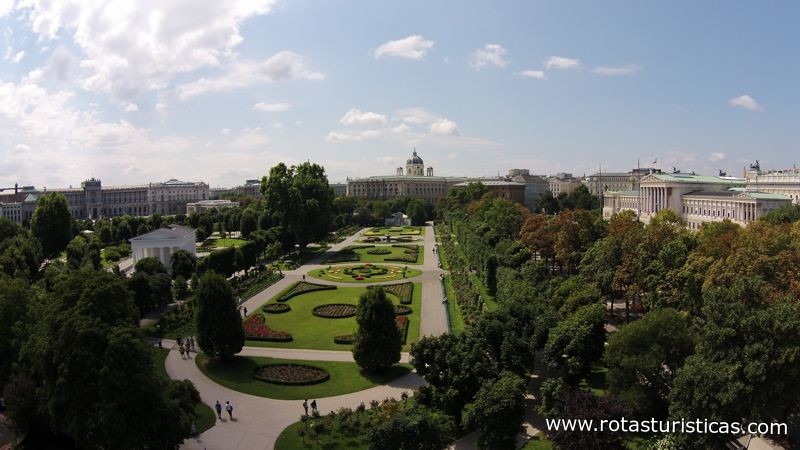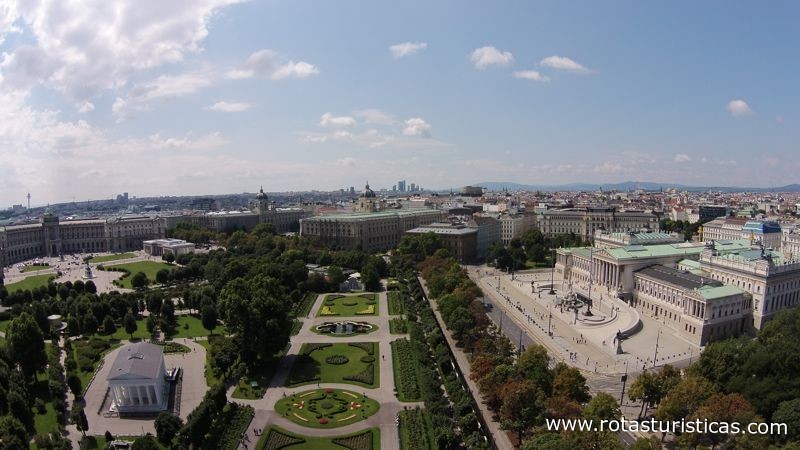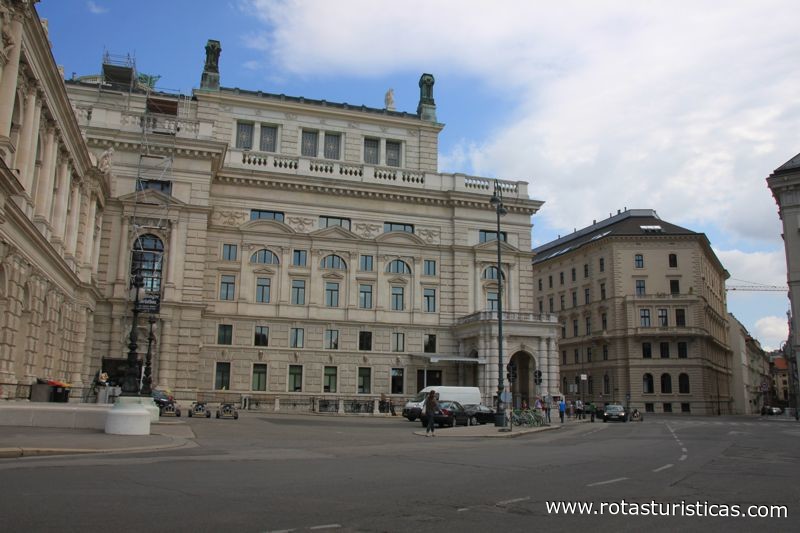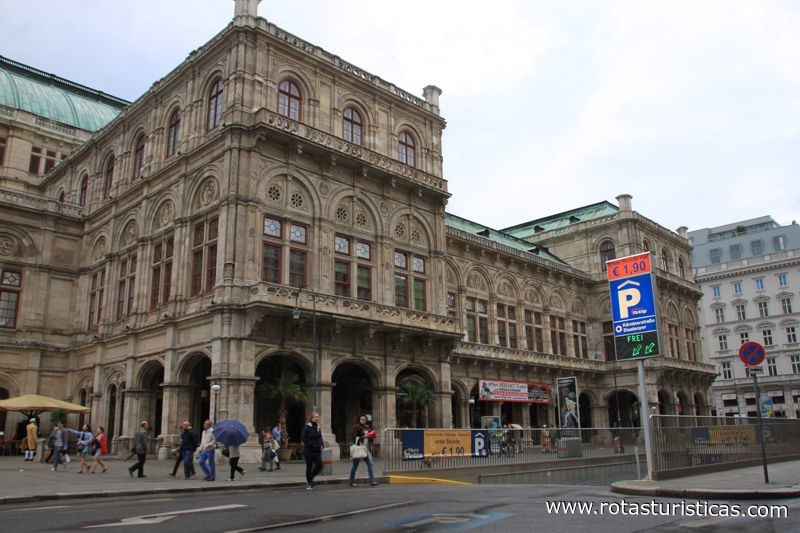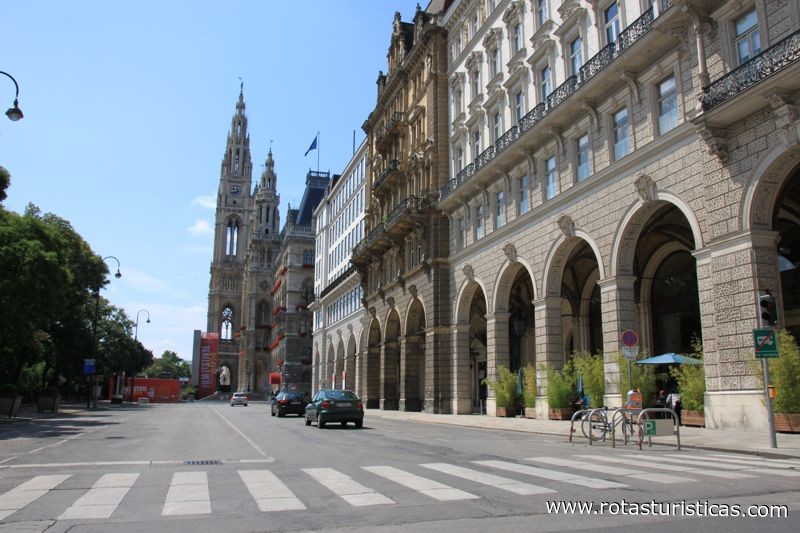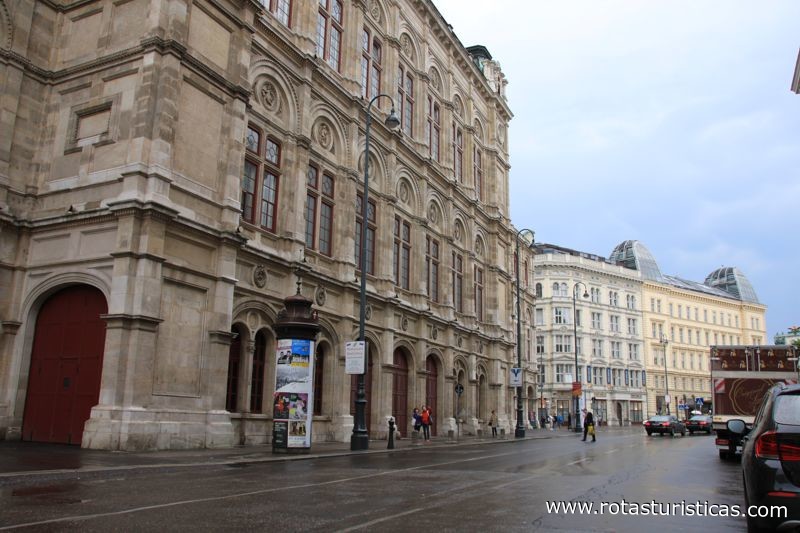Pictures of: Vienna, Austria
Location map
Airports
Hotels and other Accommodation
Golf Courses
What to visit
Where to Eat
Consulates & Embassies
World Nomads
The Travel Insurance with the largest coverage

The Travel Insurance with the largest coverage

Vienna
Vienna is the capital and largest city of Austria and one of the nine states of Austria.
It is the 7th largest city in population within the city limits in the European Union. Until the early 20th century, it was the largest German-speaking city in the world and, before the division of the Austro-Hungarian Empire in World War I, the city had 2 million inhabitants. Today is the second only to Berlin in German speakers. Vienna is home to many important international organizations, including the United Nations and OPEC. The city lies in eastern Austria and is close to the borders of the Czech Republic, Slovakia and Hungary. Along with neighboring Bratislava, Vienna forms a metropolitan region with 3 million inhabitants. The center of the city was designated as a UNESCO World Heritage Site.
It is the 7th largest city in population within the city limits in the European Union. Until the early 20th century, it was the largest German-speaking city in the world and, before the division of the Austro-Hungarian Empire in World War I, the city had 2 million inhabitants. Today is the second only to Berlin in German speakers. Vienna is home to many important international organizations, including the United Nations and OPEC. The city lies in eastern Austria and is close to the borders of the Czech Republic, Slovakia and Hungary. Along with neighboring Bratislava, Vienna forms a metropolitan region with 3 million inhabitants. The center of the city was designated as a UNESCO World Heritage Site.
Tourism
There is a big difference between transiting between the historic buildings and palaces of a major European city and visiting Vienna. In the Austrian capital, the past is alive. Every year, more than 150 gala dances are celebrated in the Austrian capital, a tradition dating back to the Habsburg era, which opened the imperial halls to the city's inhabitants. The tailor who made some of the empire's coats is still active under the tutelage of the same family. The little shops of the producers of crystal and silver lamps of yesteryear, too. Staatsoper, the magnificent opera house, is still frequented by the Viennese, who from an early age accustom their ears to the chords of Mozart, Schubert, Strauss and Haydn, old acquaintances of one of the most famous theaters in the world.
The old center of Vienna has a number of heavy-weight attractions that come to cause distress in those who have few days in the city. The Kunsthistorisches Museum is an impressive journey through the world of art, with works by Vermeer, Brueghel, Velásquez and Raphael, as well as an extensive collection of Egyptian artifacts. The Albertina is another gallery that is worth a visit with its beautiful collection and great temporary exhibitions. Not far from here is the room where the Vienna Boys Singers perform, right next to the Spanish Riding School, whose disputed performances enchant everyone. The Schönbrunn and Hofburg palace, with its large and well-decorated halls, are not to be missed, while the cathedral of St. Stephen (Stephansdom) is the pride of the local Gothic architecture. Around and around the bustling Kärntner Strasse are dozens of shopping options, restaurants and cafes where you can try delicious pies, such as the classic chocolate Sacher hotel, and the schnitzel, a kind of Milanese that is the symbol of local gastronomy. Already in the peripheral districts of the central nucleus Vienna shows its most avant-garde face, where a vibrant metropolis stands out, where design, gastronomy and bohemia are far from having stopped in time.
The old center of Vienna has a number of heavy-weight attractions that come to cause distress in those who have few days in the city. The Kunsthistorisches Museum is an impressive journey through the world of art, with works by Vermeer, Brueghel, Velásquez and Raphael, as well as an extensive collection of Egyptian artifacts. The Albertina is another gallery that is worth a visit with its beautiful collection and great temporary exhibitions. Not far from here is the room where the Vienna Boys Singers perform, right next to the Spanish Riding School, whose disputed performances enchant everyone. The Schönbrunn and Hofburg palace, with its large and well-decorated halls, are not to be missed, while the cathedral of St. Stephen (Stephansdom) is the pride of the local Gothic architecture. Around and around the bustling Kärntner Strasse are dozens of shopping options, restaurants and cafes where you can try delicious pies, such as the classic chocolate Sacher hotel, and the schnitzel, a kind of Milanese that is the symbol of local gastronomy. Already in the peripheral districts of the central nucleus Vienna shows its most avant-garde face, where a vibrant metropolis stands out, where design, gastronomy and bohemia are far from having stopped in time.
Gastronomy
Vienna can draw on its history and culture when it comes to food and drink.
Of course the markets of a city are a good way to feel the pulse of a place, and Vienna has a good selection of outdoor and specialty food markets.
The coffee culture is a famous part of the city environment.
Of course the markets of a city are a good way to feel the pulse of a place, and Vienna has a good selection of outdoor and specialty food markets.
The coffee culture is a famous part of the city environment.
Climate
Vienna lies within a transition from the oceanic climate and humid continental climate. The city has hot summers with high temperatures, ranging from 25 to 36 ° C (77 to 97 ° F), with a maximum of 40 ° C (104 ° F) and below 20 ° C (68 ° F). Winters are relatively dry and cold, with average temperatures around the freezing point. Spring and fall are mild. Rainfall is generally moderate throughout the year, averaging 620 mm (24.4 in) per year, with considerable local variations, with the Vienna Woods region in the west being the wettest part (700 to 800 mm annually) and the plains in the east, the driest part (500 to 550 mm (20 to 22 in) per year).
Other tourist destinations in:
Austria
Austria
Other world tourist destinations
Why to book with BOOK HOTEL OPORTO
The best prices
Our partnerships with the world´s largest operators offer research on the best market prices.
More options
At Rotas Turisticos you can book the hotel, buy the air ticket, book the transfer from the airport to the hotel and vice versa, book the local excursions, rent the car, take travel insurance and consult the places to visit and where to go.
Holiday Tips & Destinations
Hundreds of holiday destinations with all the options that allow you to easily choose the destination that best suits your dream vacation.
BOOK HOTEL OPORTO
Links

